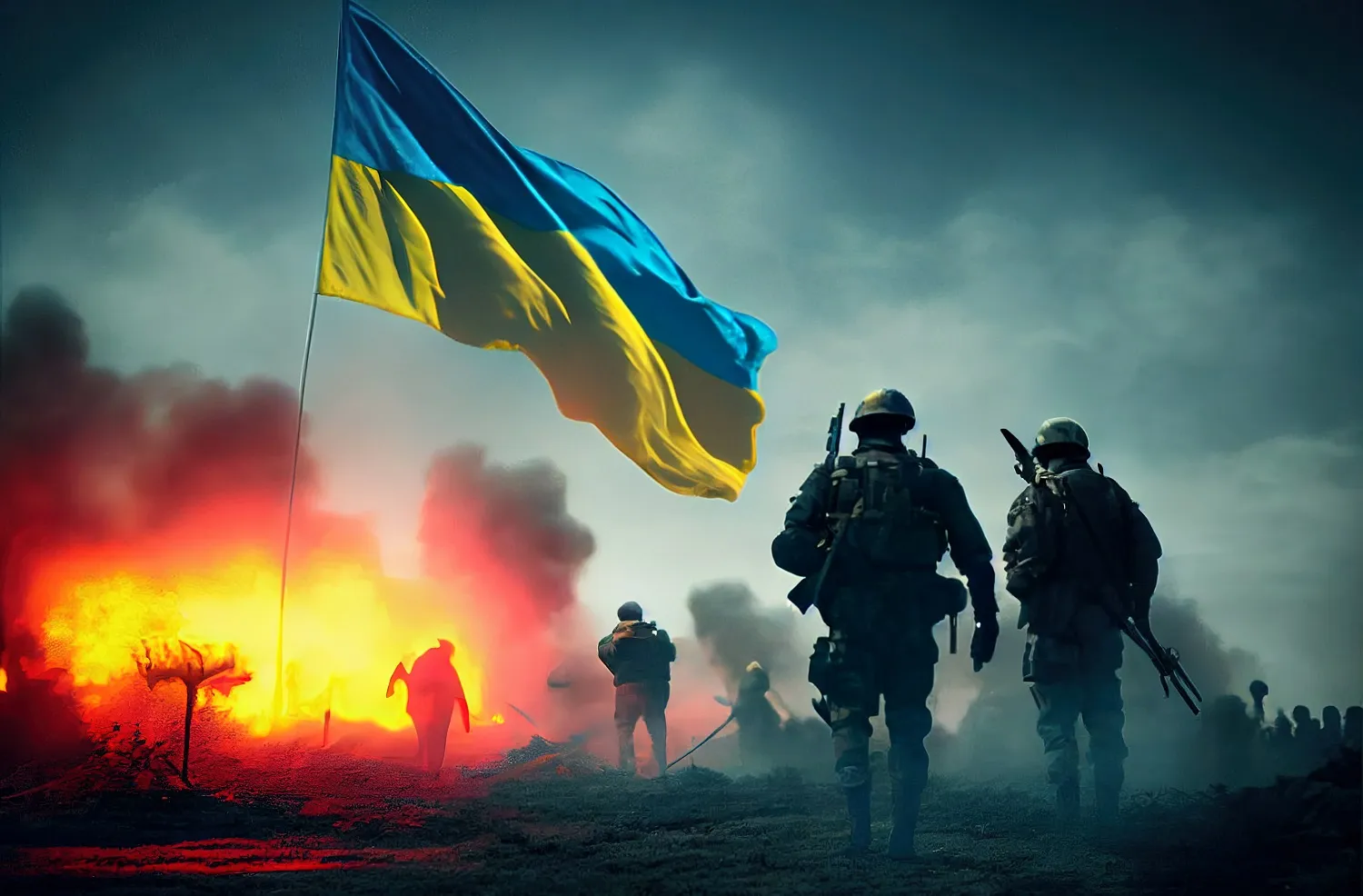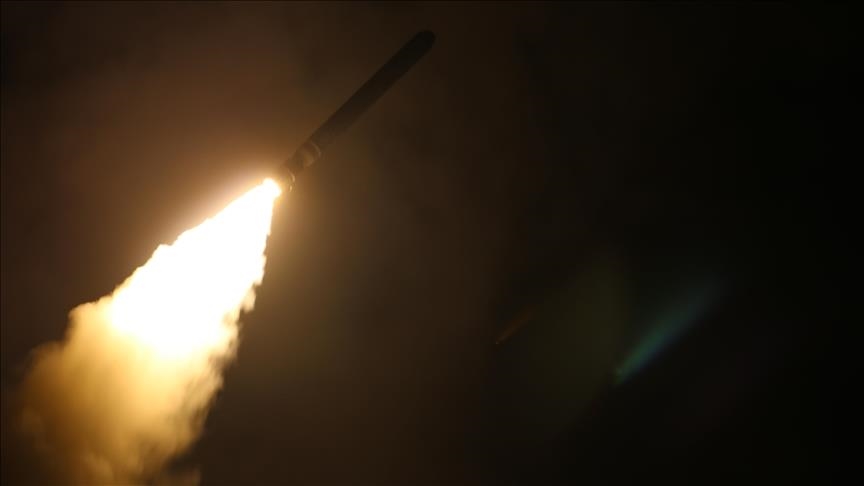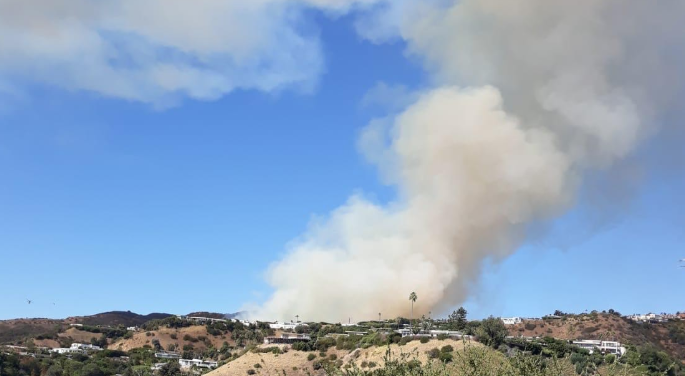Mariia Bublykova, Year 12
On November 19, 2024, Ukraine marked 1000 days since the beginning of the full-scale invasion on February 24, 2022, and 4925 days since the start of the war in the eastern regions of Ukraine and the occupation of the Luhansk, Donetsk regions, and Crimea by the armed forces of the Russian Federation.
Since the beginning of the invasion in February 2014, Russia occupied 42,000km², 6,95% of the Ukraine’s territory including Crimea, and parts of the Luhansk and Donetsk regions. 8 years later with the beginning of the full-scale invasion, Russia occupied a further 119,000km², together with the Kherson and Zaporizhia regions, which is equal to 19,7% of Ukraine’s territory. At the moment Russia only controls 58% of the Kherson region, 72% of the Zaporizhia region, 61% of the Donetsk region, and the whole Luhansk region and Crimean peninsula, adding up to a total of about 20% of Ukrainian territory (equivalent to 109,000km²) being entirely occupied by Russian forces.
According to Ukrainian federal sources, the overall population of these areas prior to Russias occupation was 6.373 million. After the start of the full-scale invasion, the International Organization for Migration estimated that about 2.9 million people had fled the occupied territories, leaving 3.47 million citizens still under occupation. However, this data lacks precision as the occupation forces do not allow international organizations, humanitarian networks, or independent journalists to enter the territories. The civilians remaining in the occupied territories are inevitably exposed to numerous forms of violence and war crimes including: sexual violence, torture, arbitrary violence, deportation, and even murder. They are denied basic human rights such as freedom of speech or self-expression (the freedom to speak the Ukrainian language or express Ukrainian identity), and the access to necessary goods and services such as: medication, alimentation supplies, and social services like education. The OHCHR (Office of the High Commissioner for Human Rights) has cited 77 civilian executions by Russian forces between February 2022 and May 2023, although the real numbers are undeniably higher.
On the United for Justice conference in Kyiv on September 11th, the Ukrainian president ,Zelensky, stated that there has been a total 137,000 war crimes committed by Russia on Ukrainian territory. This includes deliberate attacks on civilians, vandalizations on cultural sites or medical institutions, various forms of torture, and several deportations. Since the start of the full-scale invasion, 11,973 civilians, including 622 children, have been killed, and about 97% of Ukrainian war prisoners have experienced torture or mistreatment while in captivity, the OHCHR states. Both of these cases are a severe violation of Article 13 of the Third Geneva Convention and yet another example of Russia violating international laws and agreements.
A total of 11,466 missiles, an average of 23.2 missiles daily, were launched by Russia from September 28th 2022 to September 1st 2024, aiming at both military targets and innocent civilians. As of January 2024, the Kyiv School of Economics calculates roughly 16.9 thousand partially damaged residential buildings (the degree of destruction being less than 10%), 84.5 thousand moderately damaged residential buildings (the degree of destruction being more than 10 but less than 40%), and about 65.8 thousand residential buildings which were completely destroyed (with the degree of destruction being over 40%). In total, the infrastructure damages for solely residential buildings is estimated at 58.9 billion USD, which is roughly equivalent to ⅓ of the total infrastructure damages, estimated at 157.2 billion USD. A total of 89 hospitals were damaged, and 337 were destroyed. Around 80-90% of Ukraine’s energy generation capacity at thermal power plants and 45% at hydroelectric power plants has been lost, due to the explosion of numerous artillery shells. This adds up to 9.2 GW of the installed capacity out of the 18–20 GW which was available before the attacks. Despite the Ukrainian electricity grid being connected to the EU grid since March 2022, even the major cities in Ukraine suffer from blackouts and power outages.
Overall, despite the humanitarian, monetary, and military help being provided to Ukraine by the Ukraine Defense Contact Group’s 57 members (including all 32 countries members of NATO), the situation in Ukraine remains critical for both the military and civilians. A couple days ago, we marked 1000 days since the beginning of Russia’s full-scale invasion of Ukraine, so it is as important as ever to denounce the truth of what is happening in the war, and to speak about the heroism and resilience of the Ukrainian people in face of the biggest war to take place in Europe, since the Second World War.
BIBLIOGRAPHY:
https://www.nato.int/cps/en/natohq/news_230664.htm
https://kse.ua/wp-content/uploads/2024/05/Eng_01.01.24_Damages_Report.pdfhttps://www.ungeneva.org/en/news-media/news/2024/11/100315/1000-days-ukraine-war-winter-poses-critical-challenge-aid-effort
https://press.un.org/en/2024/sc15857.doc.htm
https://www.csis.org/analysis/assessing-russian-firepower-strikes-ukraine
https://www.swp-berlin.org/10.18449/2024C38/https://kyivindependent.com/zelensky-137-000-war-crimes/https://en.wikipedia.org/wiki/Russian-occupied_territories_of_Ukrainehttps://www.state.gov/reports/2023-country-reports-on-human-rights-practices/ukraine/russia-occupied-areas/https://www.gov.uk/government/speeches/the-evidence-of-russias-violations-of-international-humanitarian-law-is-substantial-and-growing-uk-statement-to-the-osce



